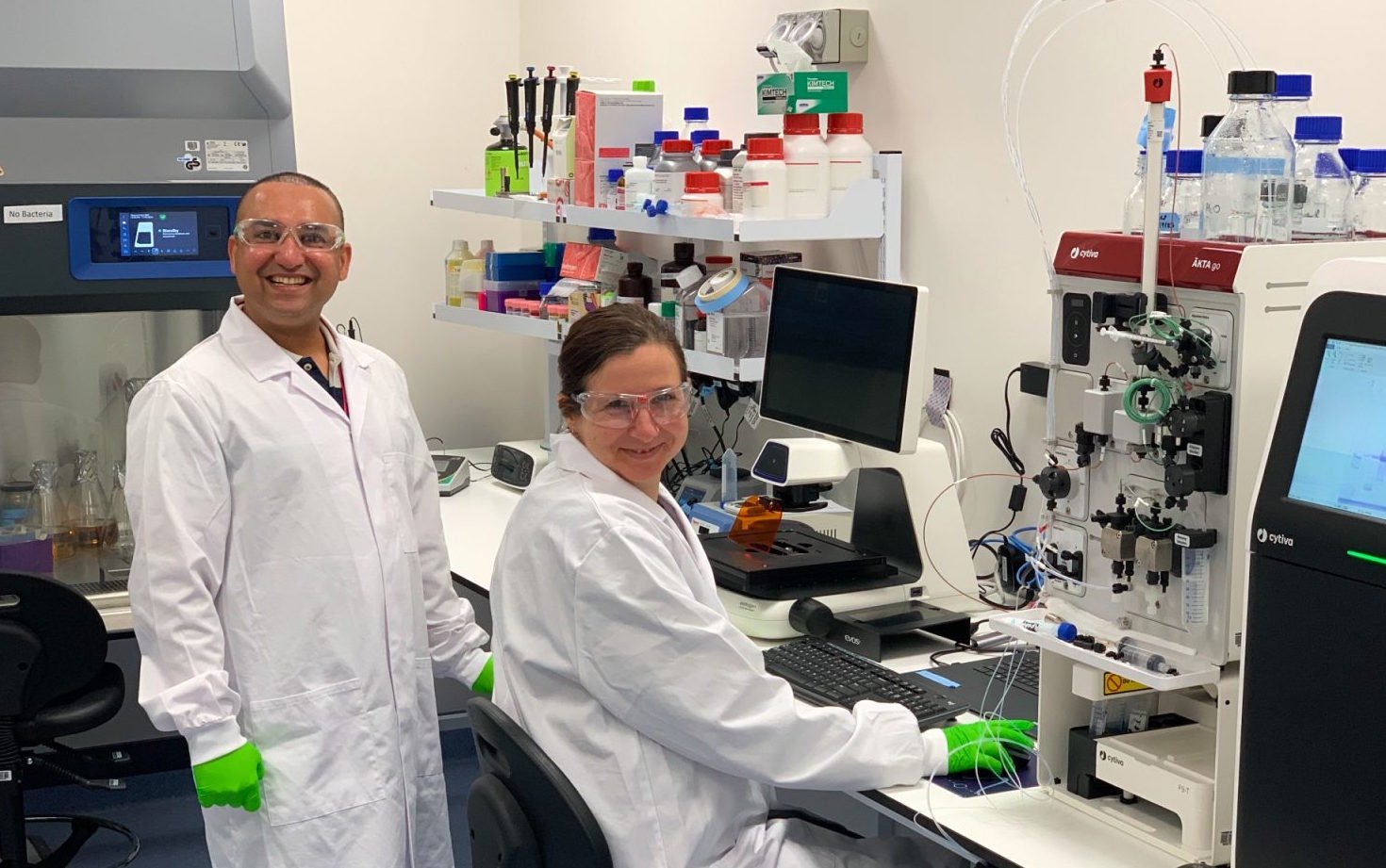Optimizing healthcare assets to improve patient care
14 July 2021 | Opinion | By Johnny Ong, APAC Healthcare Practice Lead, Zebra Technologies Asia Pacific
Unexpected global developments such as the COVID-19 pandemic have certainly brought to light the importance for healthcare systems to be prepared for any situation.

There is a dire need for the healthcare sector in Asia Pacific (APAC) to undergo a transformational change, with greater emphasis placed on the need for quality patient care and proper and sufficient treatments.
It is reported that, by 2025, close to half a billion people in the APAC region will be age 65 or older. This demographic shift will drive increased demand for chronic and elderly care services which, in turn, demands greater availability of healthcare asset tracking. As it is, physicians are already feeling the strain on healthcare systems, with nearly half surveyed stating that it will be more difficult to deliver high-quality care in the future. It is also observed that consumers are placing more emphasis on wellness and demanding better healthcare experiences, such as shorter wait times and more treatment methods.
However, the right technology needs to be introduced to enable greater efficiency and better workflows in a modern healthcare environment. Singapore, for example, leveraged its digital infrastructure capabilities to roll out tools such as GovTech’s Ask Jamie, a virtual assistant chatbot to answer queries related to COVID-19, and the VigilantGantry system, an automated temperature screening gantry that uses artificial intelligence (AI) to enhance the rate of contactless screening, saving time and labor resources. The pandemic has also normalized telemedicine practices in view of social distancing and lockdown measures. In turn, we have learned how well healthcare systems can manage patients, assets, and inventories when the right technology is leveraged.
The Importance of Inventory Management and Visibility
Hospitals must manage a wide array of assets ranging from wheelchairs to portable ultrasound equipment. Prior to the pandemic, hospitals in APAC were already facing difficulties in ensuring sufficient medical equipment, and the pandemic has only aggravated the situation. Many APAC countries with severe COVID-19 outbreaks are still facing critical supplies shortages, including beds and medical oxygen, highlighting the supply chain’s vulnerability and the need to improve inventory planning, management and utilization within care environments.
Hospitals can take the first step toward improving their inventory management and reducing waste by introducing unique device identification (UDI) barcode labels. This is what the Federal Drug Administration (FDA) and European Union (EU) require on medical packages and devices. In fact, some countries like Korea have already implemented UDI barcodes, while Singapore has recently announced a new UDI system to be rolled out in the next few years. While traditional barcode labels can be used to improve inventory management and reduce costs for medications and supplies, UDI barcodes can contain more information specific to medical devices.
The right barcode scanner can capture all the data contained in each UDI label with a single scan and appropriately analyze and dissect the data for the respective hospital platforms. The information helps to reduce over/under ordering of tracked medical devices, letting hospitals know exactly how much inventory they still have on hand. The scanning of the UDI barcodes can also alert healthcare workers when on-hand medical devices are approaching their use-by dates, thereby reducing the number of expired items left on the shelves.
UDI barcodes are especially helpful in product recalls. Once a recall is issued, healthcare workers can quickly scan the affected product to see if it is part of the recall batch. This results in a much faster recall process compared to manually checking each potentially affected item. The UDI can even be captured before a procedure to ensure the right surgical tools are prepped and ready for the procedure.
Save Time and Money with RFID Tracking
In addition to supplies management struggles, hospitals face difficulties in managing equipment used on patient floors. Radio frequency identification (RFID) solutions can help overcome this problem by helping to find medical locating equipment in real time. Thus, RFID solutions enable hospitals to track the whereabouts of their medical assets more efficiently and seamlessly throughout their facilities, instead of having healthcare workers spend time finding them. As a result, hospitals remain available to respond to medical emergencies more quickly or spend more time caring for their patients.
Enhance Patient Care with Location Technologies
Real-time location systems (RTLS) are particularly helpful in tracking the movement of hospital patients. It is designed to help hospital administrators identify and eliminate workflow bottlenecks throughout the entire patient treatment process. Using RTLS, hospitals can measure the exact time elapsed from the moment a patient enters a hospital to completion of treatment. By analyzing such data, hospitals can then improve their workflows to achieve greater efficiency, which translates to a better patient experience.
In APAC, demand for RTLS in the healthcare market is slated to rise over the next few years due to supportive government policies. Wearable tags that track patients, visitors, staff, and assets can inform staff of real-time status. Collected information can also help healthcare systems prepare for and control outbreaks. The Singapore healthcare sector is no stranger to this use case – with Tan Tock Seng Hospital (TTSH) and National Centre for Infectious Diseases (NCID) already utilizing this as early as 2019.
In fact, 83% of respondents to Zebra’s 2022 Hospital Vision Study indicated the expanding use of RTLS for dynamic workflows to be a growing trend. Countries like Singapore saw the importance of RTLS early on and were digitalizing key healthcare centers and hospitals with RTLS even before the pandemic. The use of RTLS has extended beyond solving operational pain points locally, though. Since its opening in July 2018, Seng Kang General Hospital (SKH) has successfully implemented RTLS asset tracking for more efficient equipment utilization and distribution. By introducing RTLS staff cards with engaged proximity tag communications technology, SKH clinical teams were able to significantly reduce the time and effort required for infectious diseases contact tracing. The successful implementations of RTLS have undoubtedly given Singapore’s healthcare sector an edge as it continues to respond to the ongoing pandemic.
Why Innovation is Needed Now
Unexpected global developments such as the COVID-19 pandemic have certainly brought to light the importance for healthcare systems to be prepared for any situation.
Disruptive events, whether a natural disaster or disease outbreak, do not discriminate. No one is immune to pandemic-level events or the inventory challenges and patient admission surges that come with them. Therefore, it is paramount that healthcare providers and supply chain partners prepare themselves.
Johnny Ong, APAC Healthcare Practice Lead, Zebra Technologies Asia Pacific, Singapore












